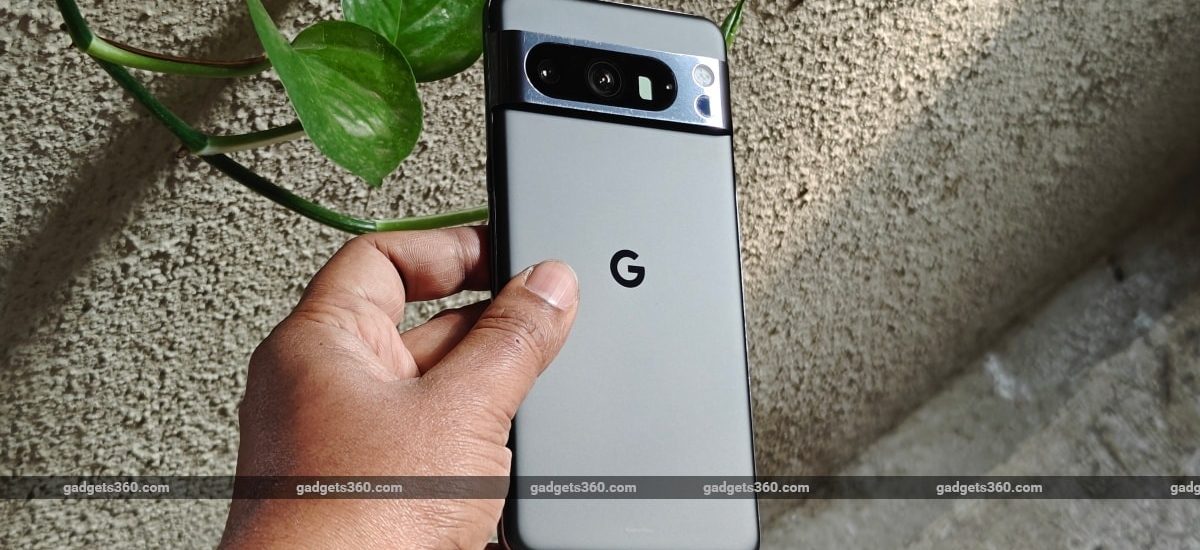
The
The Pixel 8 Pro and Pixel 7 Pro camera samples were captured in daylight and low light using their primary cameras (tap image to expand)
As for image quality, I found the images from the primary camera to be almost identical to last year’s model. The minor differences are mainly down to the tone where the Pixel 8 Pro chooses cooler tones compared to the Pixel 7 Pro’s warmer hues. The level of detail is second to none, but I often noticed that colours aren’t as accurate even though the photographs looked good. Low-light imagery is fantastic, but I noticed that the primary camera tends to crush the blacks in settings with contrasted lighting.
Google Pixel 8 Pro captures some quality 5X telephoto shots (top) and macro photos (bottom) (tap images to expand)
Photos from the ultra-wide camera, which has seen the most changes this year, pack in more detail and dynamic range when shooting in daylight. Colours are quite accurate as well. Macro photos also came out great and the new camera lets you get even closer (up to 2cm) to your subject.
Google Pixel 8 Pro and Pixel 7 Pro daylight and low-light camera samples captured using their ultra-wide-angle cameras (tap image to expand)
In terms of zoom, the telephoto camera shoots really impressive photos with good detail. I used the 5X telephoto to capture some crisp portraits and close-ups and well and they all looked gorgeous with a natural bokeh. Going beyond its optical limits, Google’s Super Res Zoom manages quality images up to 10X (hybrid zoom) but the quality starts to dither thereafter.
Google Pixel 8 Pro telephoto zoom camera samples captured in daylight (tap image to expand)
While it manages good image quality, the Pixel 8 Pro just like the Pixel 7 Pro struggles with edge detection when in Portrait mode (tap image to expand)
After managing average video quality last year, it’s good to see that Google has finally upped its video game. 4K 30fps video recorded from the primary camera looks sharp, has a good bitrate and offers a steady frame rate. Stabilisation is also impressive, making it a solid upgrade over the Pixel 7 Pro’s video recording capabilities. Low light footage also has good detail with low noise. HDR footage shot at the same resolution appeared a bit saturated but showcased good contrast and detail even in low light.
Google Pixel 8 Pro Review: Verdict
What sets the Pixel 8 Pro apart from every other Pixel of the past, is its AI capabilities. It’s a direction that Google has charted for its Pixel smartphones, and the Pixel 8 Pro surely shines in this area with the ability to process a lot of requests and use several tools without the need to connect to the internet or the cloud for processing. The very capable and well-designed built-in Pro Controls is also an area which mobile photography enthusiasts will enjoy.
But the price hike may convince many upgraders to stick with their Pixel 7 Pro models this year as all of the above-mentioned features (except for a 7-year commitment for software updates) don’t really seem like must-haves on anyone’s list.
To make things worse, the Pixel 7 Pro today retails for as low as Rs. 63,999, which isn’t a bad deal, depending on what one is looking for in a new smartphone purchase. Its still camera performance is similar to the Pixel 8 Pro but falls behind when it comes to video recording. The new Pixel 8 Pro may not heat up as much as the Pixel 7 Pro but its battery life only offers minor improvements over the older model.
If you are willing to spend upwards of Rs. 1,00,000 in India, Samsung’s Galaxy S23 Ultra (Review) (available at Rs. 1,24,999 for the 256GB variant) surely offers better value, with impressive zoom capability, a better and larger display, excellent battery life, and to an extent even Samsung’s Galaxy ecosystem of devices which includes, smartwatches, audio accessories, tablets and laptops.




